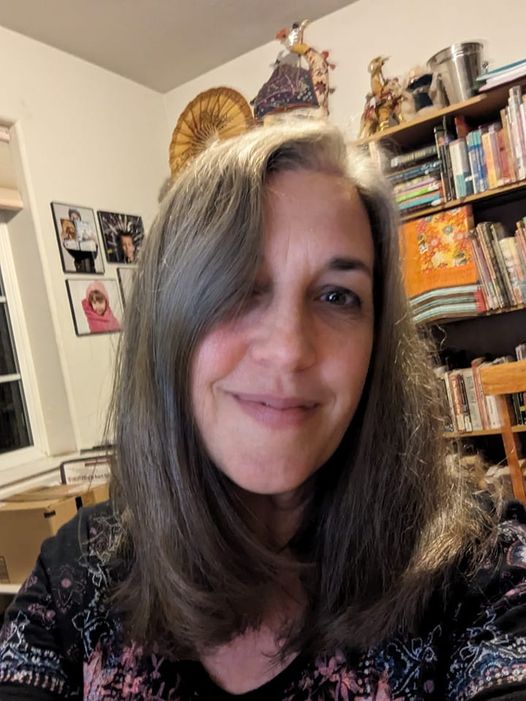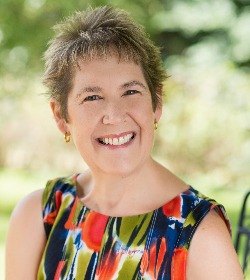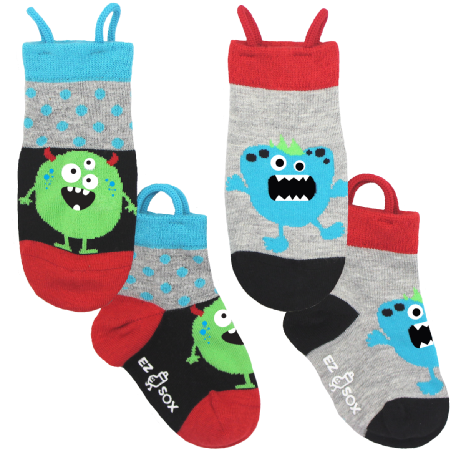What’s Working on Your ADHD Journey?

What’s working on your ADHD journey? When guest blogger Lisa Pelissier began asking that question instead of stewing about what was going wrong, she and her daughter grew closer to each other. In this post Lisa describes what’s working at their house and encourages you to assess what’s working on your ADHD journey as well.
My daughter struggles with ADHD. Or, rather, she enjoys ADHD. Happily ensconced in the world inside her head, she hyper-focuses on her artistic pursuits to the exclusion of all else. Even essentials like eating and bathing.
The guidelines for helping ADHD kids seem rational—give precise directions, develop a routine, be consistent with rules, limit distractions—but they weren’t working.
How can you limit distractions when your child has a fully formed and far more interesting world in her head than anything going on in reality?
How can you give commands, when she forgets them as soon as they’re given?
How can you develop routines when you have half a dozen therapy appointments in a week, and most of them don’t happen on any sort of regular schedule?
And how do you connect with someone who’s rarely mentally present?
Here are a few things that are working for us.
- Enter into her world appreciatively: My daughter enjoys talking about the world she’s creating in her mind. It becomes a point of connection when I ask her about the characters she’s invented, their backstories, their motivations, the state of the world they live in, and so forth. At the moment she may not be willing to join the real world, but I can still visit her in hers. And for what it’s worth, it’s a very interesting place.
- Let go of what’s not important: Maybe the precursor to this is to decide what’s important. Is eating important? For sure. What about bathing? Yes, but not to the same extent as eating. What about chores? School work? Friendships? Faith? Yes to all, but with a child whose capacity to deal with those things is limited, you have to pick and choose. And once you decide what’s the most important, let the other things go. For me, that’s meant letting go of the idea that high school is a four-year process. She’ll finish when she finishes. Bathing? Three times a week is good enough. Tooth brushing? Daily, please!
- Wristlets: I bought some stretchy spring-coil bracelets with tags. I labeled each tag with a task she has to do. She has one set for morning and one for bedtime. Now, I only have to give her one command—put on your wristlets—instead of standing over her as she does each chore. She knows if she’s still wearing the wristlets, she still has stuff to do. She can’t forget.
- Encouraging her interests: She loves making art, whether it’s digital drawing, pencil drawing, sewing, or crafting masks and sculptures, that’s her world. As a homeschooling parent, I’m able to give her independent study credits as she works to perfect each art form. She’s delighted by the fact that she’s already completed a semester of art this school year, even though it’s only the beginning of November. Not only that, she’s working on some illustrations for a book I’m writing—and they’re beautiful.
- Fidgets are a good thing: No matter where she goes or what else she’s doing, my daughter has to be moving. She paces. She fiddles. She draws on her phone. Instead of seeing this overflow of energy as a bad thing, I know that for her, it’s a way she helps herself to focus and be present. She draws while I read to her. She paces while she works out the stories in her head. When we were studying Latin a few years ago, she did cartwheels while I explained the forms to her. It’s a little crazy-making for anyone witnessing it (including me) but for her, it works.
- Give her room to be her own self: My daughter’s fashion taste is on the dark side. She wears mostly black, a bit of bright red and vibrant green, a lot of metal, and random small cutesy ornaments for irony. When I was her age, I was scared of kids who looked like she does. But this is who she is. It’s not a sin to wear a spiked collar necklace. It’s not a sin to have chains dangling off your pants. I have had to learn to celebrate her unique, edgy self and to see that the little girl I knew is still under all the things she’s put on over her.
I think the thing that helps the most is understanding that my battle is not against my daughter. She wants the same things I want—for her to love God, be happy, be fruitful, and have a meaningful, good life. When we understand we’re on the same team, it cuts down on the battles and makes room for connection.
Do you like what you see at DifferentDream.com? You can receive more great content by subscribing to the monthly Different Dream newsletter and signing up for the daily RSS feed delivered to your email.
Image by Mo Farrelly from Pixabay

By Lisa Pelissier
Lisa Pelissier lives in Oregon where she is a homeschool mom and author of five middle-grade fiction novels, the second-grade Monsters series, and a YA fantasy novel. Lisa owns SneakerBlossom Books, offering Christian, classical homeschool Study Guides and curriculum. She blogs at Eleventh Willow, offering encouragement for Christians parenting the mentally ill. She also works as a freelance copy editor, copy writer, and a marketing editor. In her spare time Lisa enjoys playing the piano and writing books.
Subscribe for Updates from Jolene
Related Posts
The Lessons I Learned while Raising a Child with EA/TEF
Jolene Philo reflects on a lifetime of lessons learned while raising a child with EA/TEF and shares the insights she’s won.
Looking Back at Your Child’s EA/TEF Journey
Looking back at your child’s EA/TEF journey can give parents a new perspective about past events. Guest blogger Maggi Gale shares how her look back clearly showed her how God was with their family during their daughter’s very unusual first weeks of life in 2002. Three...
How Do I Let Go of My Adult EA/TEF Child?
Valeria Conshafter explores the question “How do I let go of my adult EA/TEF child?” for EA/TEF Awareness Month.






0 Comments